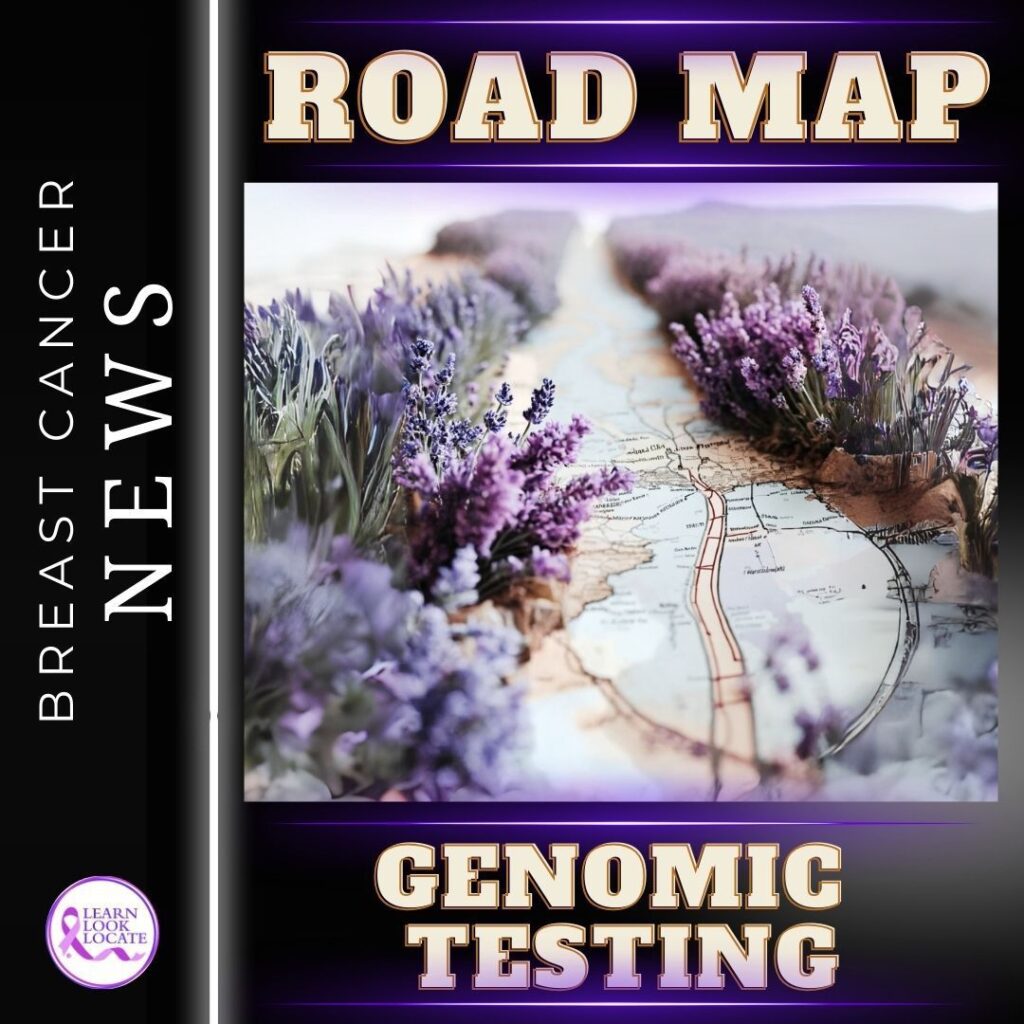Learn Look Locate
Learn Look Locate was created to help educate and empower people globally about critical information regarding their breast health. We are a warm global authentic outreach connecting physicians and survivors regarding breast cancer education, community outreach, social media, and innovative breast cancer research and treatment options.
Educate
Gain vital knowledge with our educational resources on breast cancer awareness, prevention, and care.
Inspire
Be uplifted by powerful stories of resilience and hope from breast cancer survivors across the globe.
Connect
Join a supportive network bridging patients, survivors, and medical professionals in navigating the complexities of breast cancer.
Your Journey
Navigate through breast cancer with confidence, supported by expert advice and a compassionate community.
Diagnosis
Gain insights into your breast cancer diagnosis and the essential steps forward.
Treatments
Discover the latest in breast cancer treatment and innovative care technologies.
Reconstruction
Explore your options in breast reconstruction, empowering your post-treatment choices.
Complimentary Consultation Calls
Access direct guidance from oncologists, preparing you to navigate your diagnosis and treatment.
Inspiring Survivor Stories
Connect with global survivors sharing stories that educate, inspire, and bring comfort.
Meet our Medical Advisors
Engage with our medical advisors, bringing expertise to every aspect of breast cancer care.
Our Monthly Features
Stay engaged with our monthly spotlight on survivors, cutting-edge articles, informative videos, and expert insights.

Marianthi- Stage 4 Hodgkins Lymphoma & DCIS
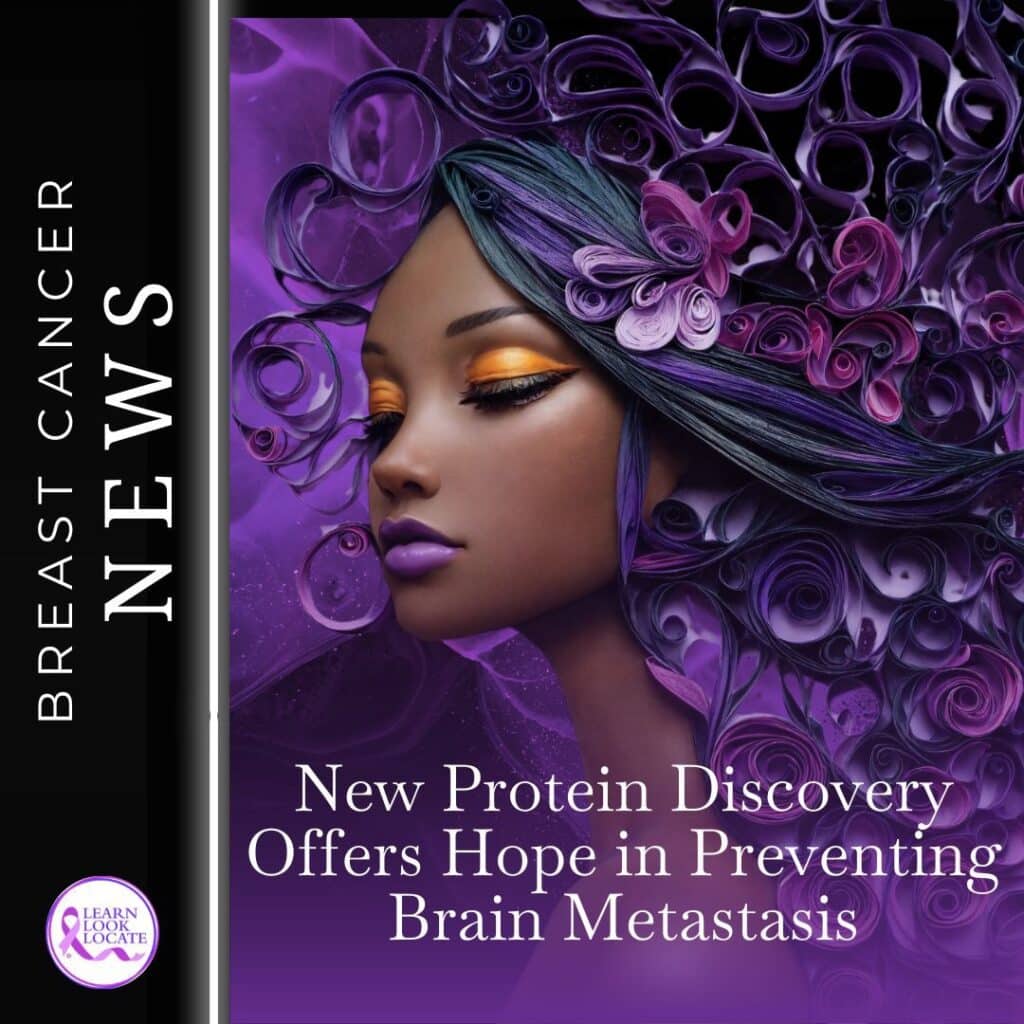
New Protein Discovery Offers Hope in Preventing Breast Cancer Metastasis

Beyond Medication: Comprehensive Support from Walgreens specialty pharmacies
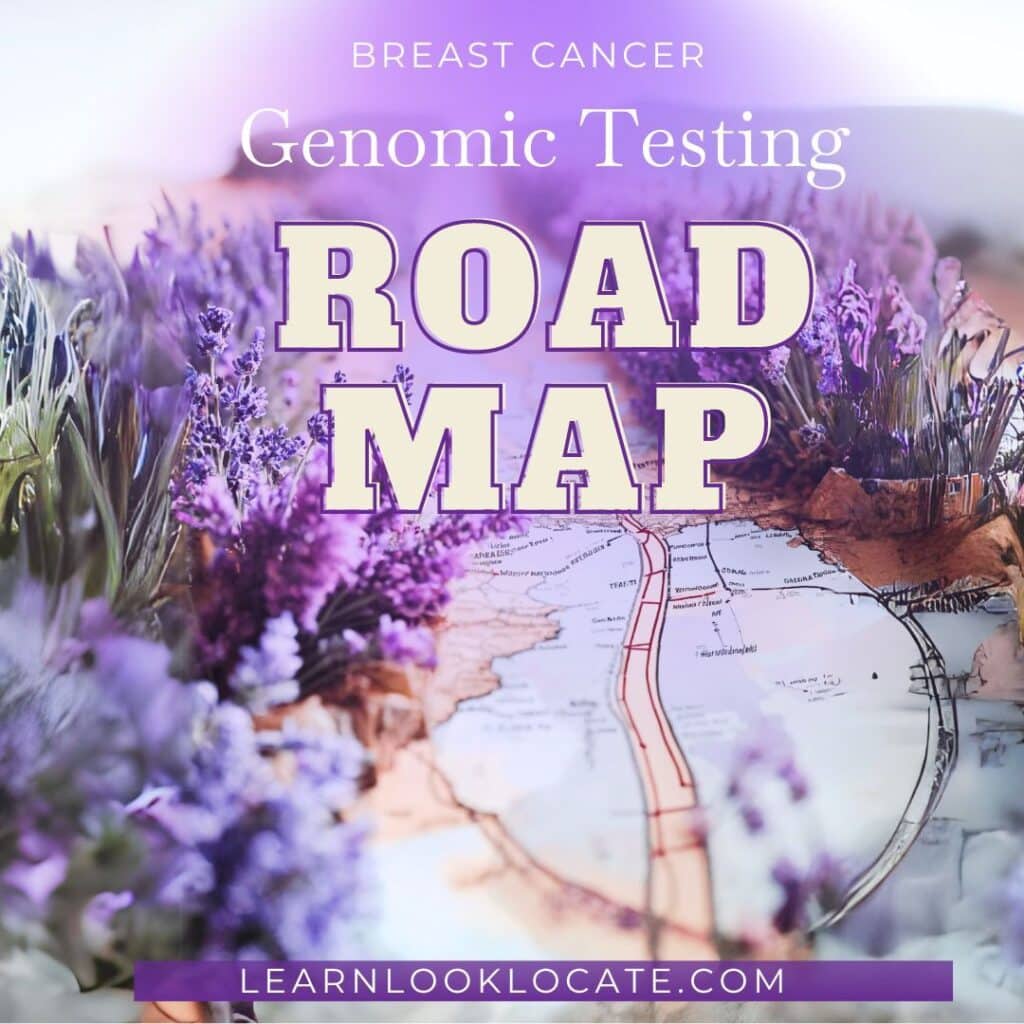
Role of Genomic Testing

Embracing Life After Cancer: A Survivor’s Journey to Finding Joy and Peace
Meet our team of doctors & experts
Explore the expertise of our medical advisors, dedicated to advancing breast cancer awareness and treatment.


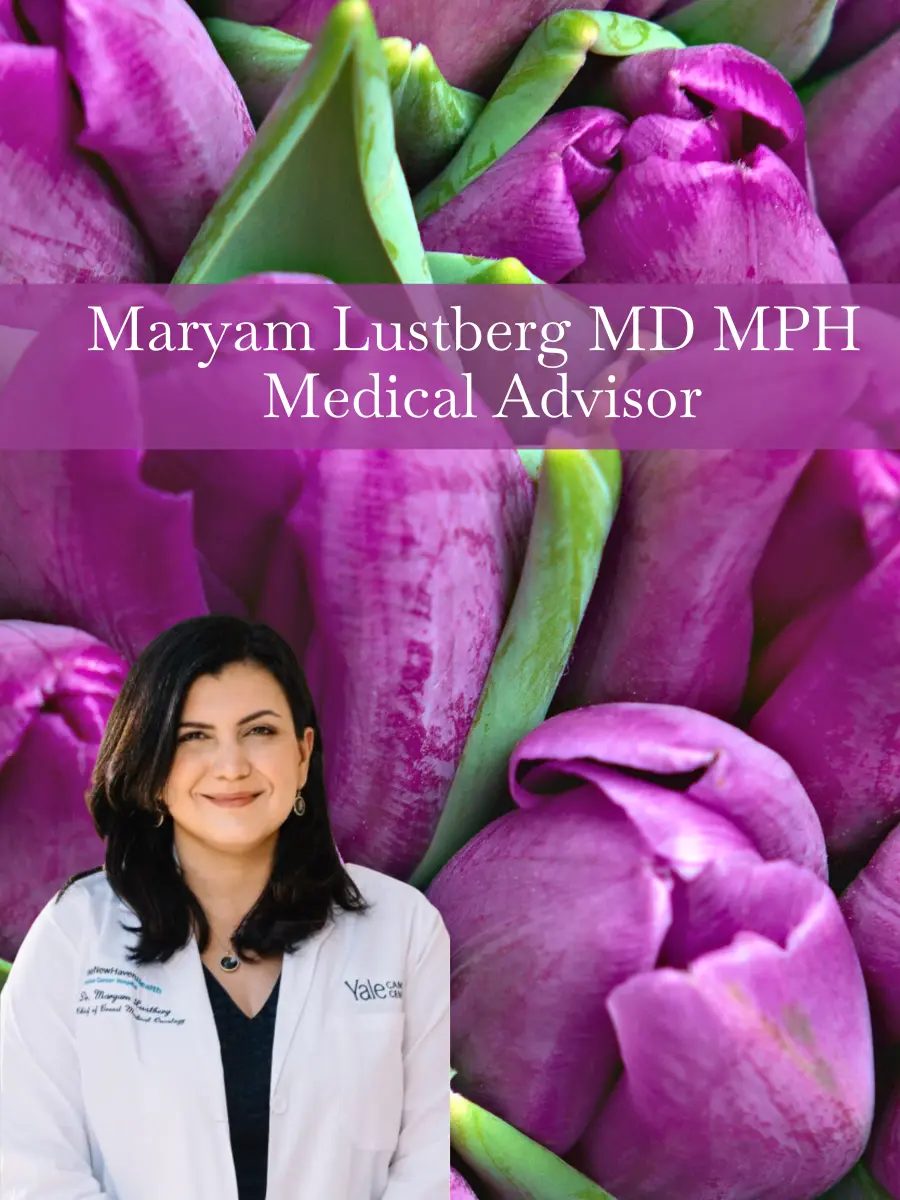






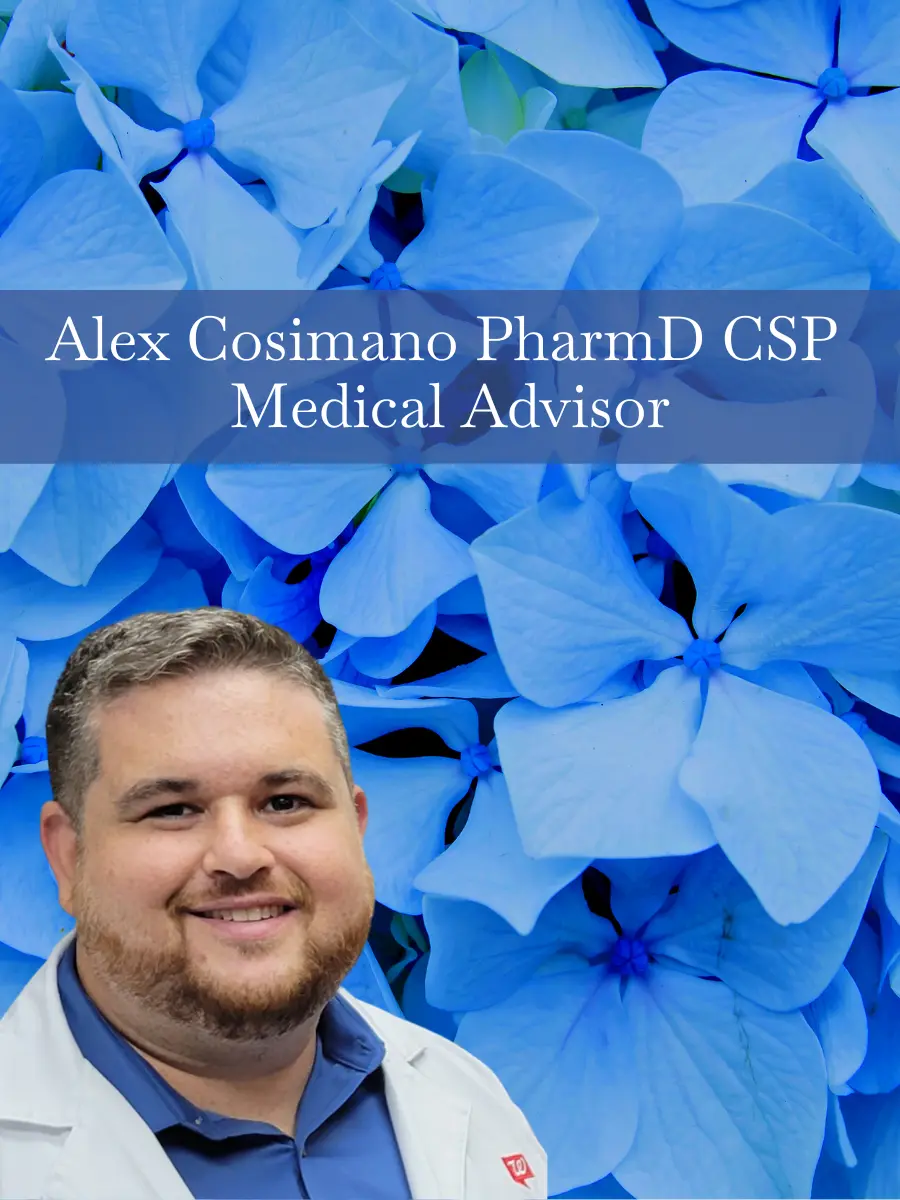











Discussion with doctors & Experts
Engage with in-depth discussions featuring doctors and experts on key breast cancer topics.
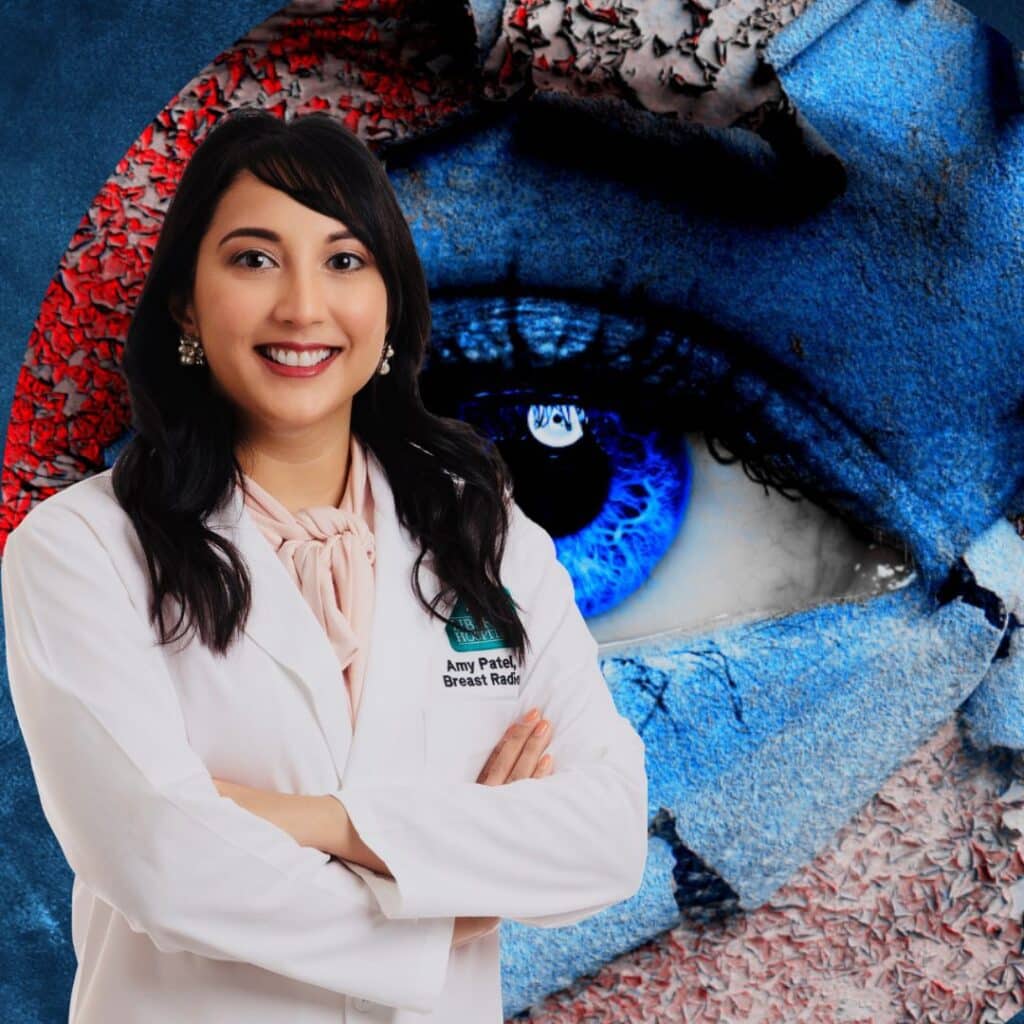
Your Mammogram
Expert insights into mammography and its pivotal role in detection.
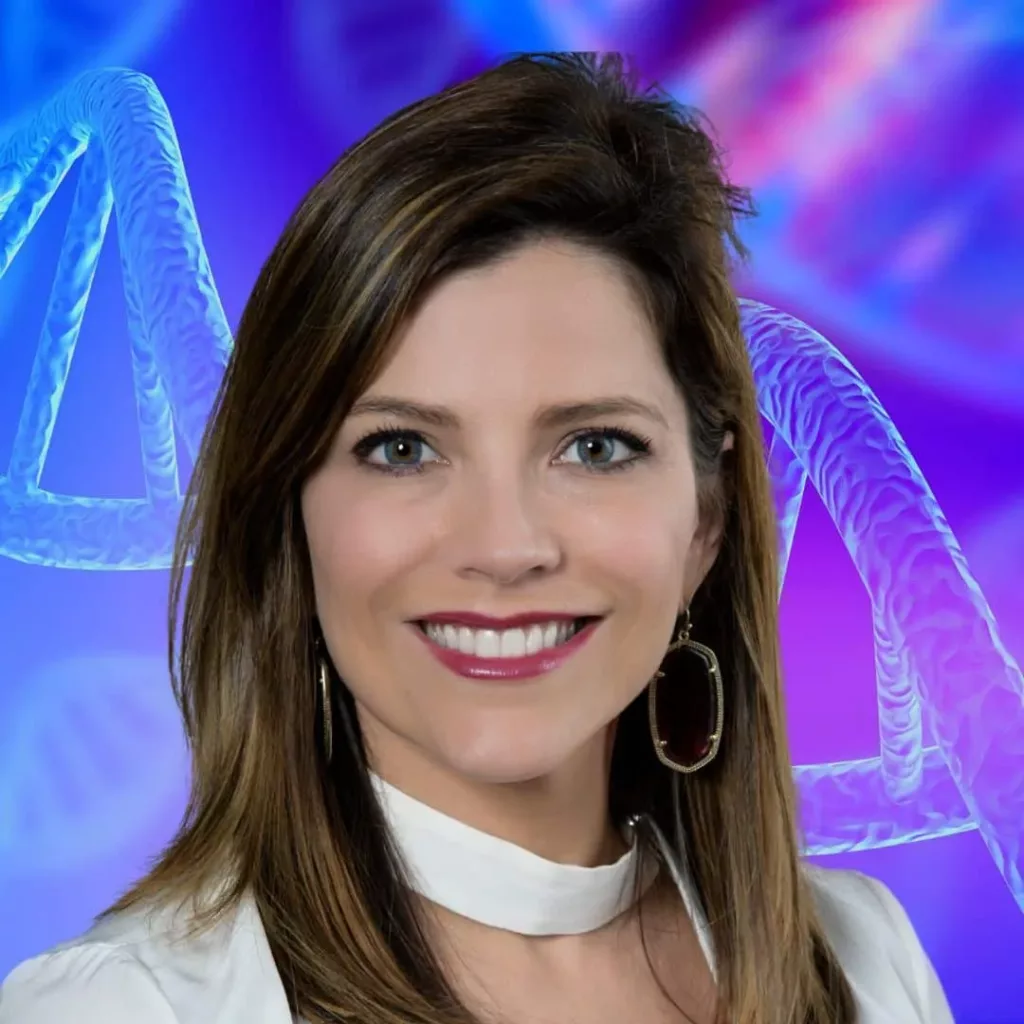
Genetic Testing
Explore the significance of genetics in breast cancer diagnosis.
Your Mammogram, a closer look
Featured Posts

Key to your diagnosis
Dr. Gilmore reveals crucial factors for accurate breast cancer diagnosis.
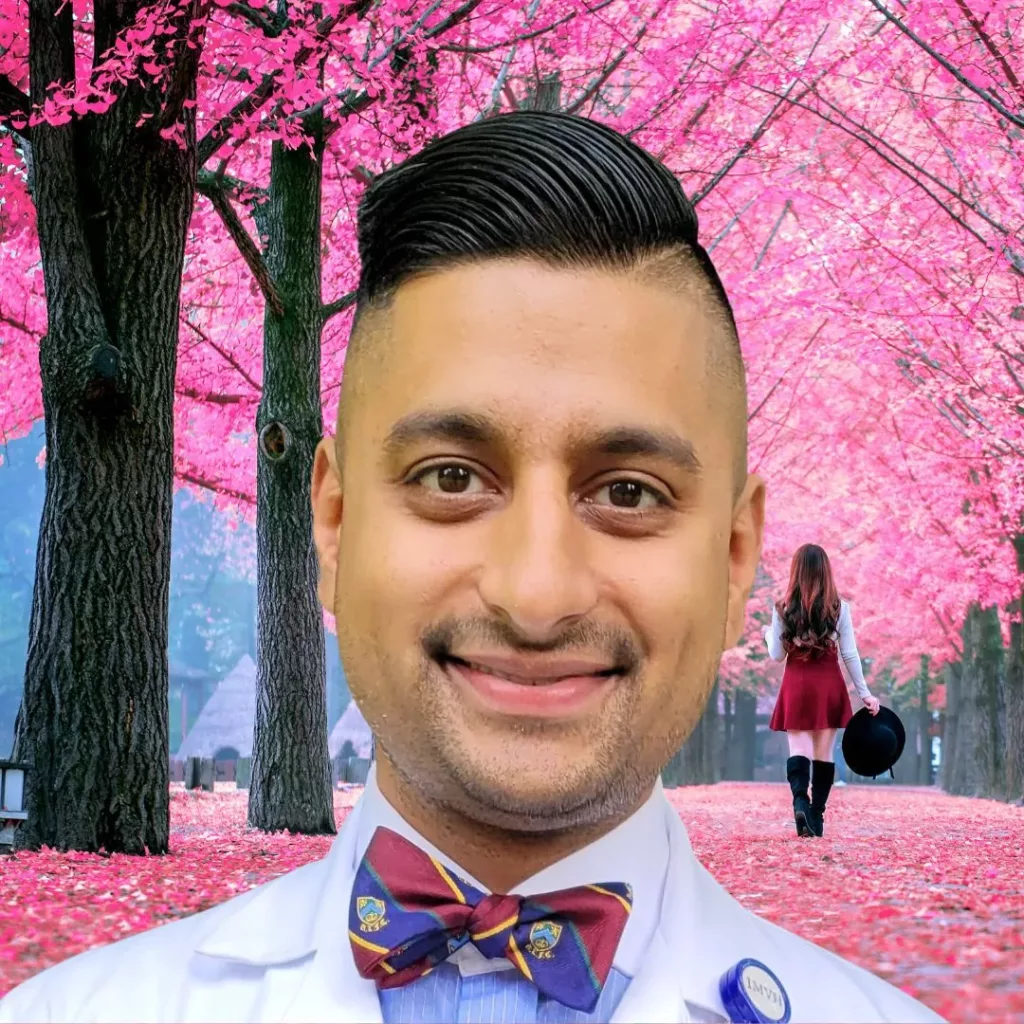

Understanding Brain Mets
Insight into brain metastases from breast cancer with Dr. Rajendran.
Featured Video
Options if Newly Diagnosed with Breast Cancer and Facing a Mastectomy
Featured Posts
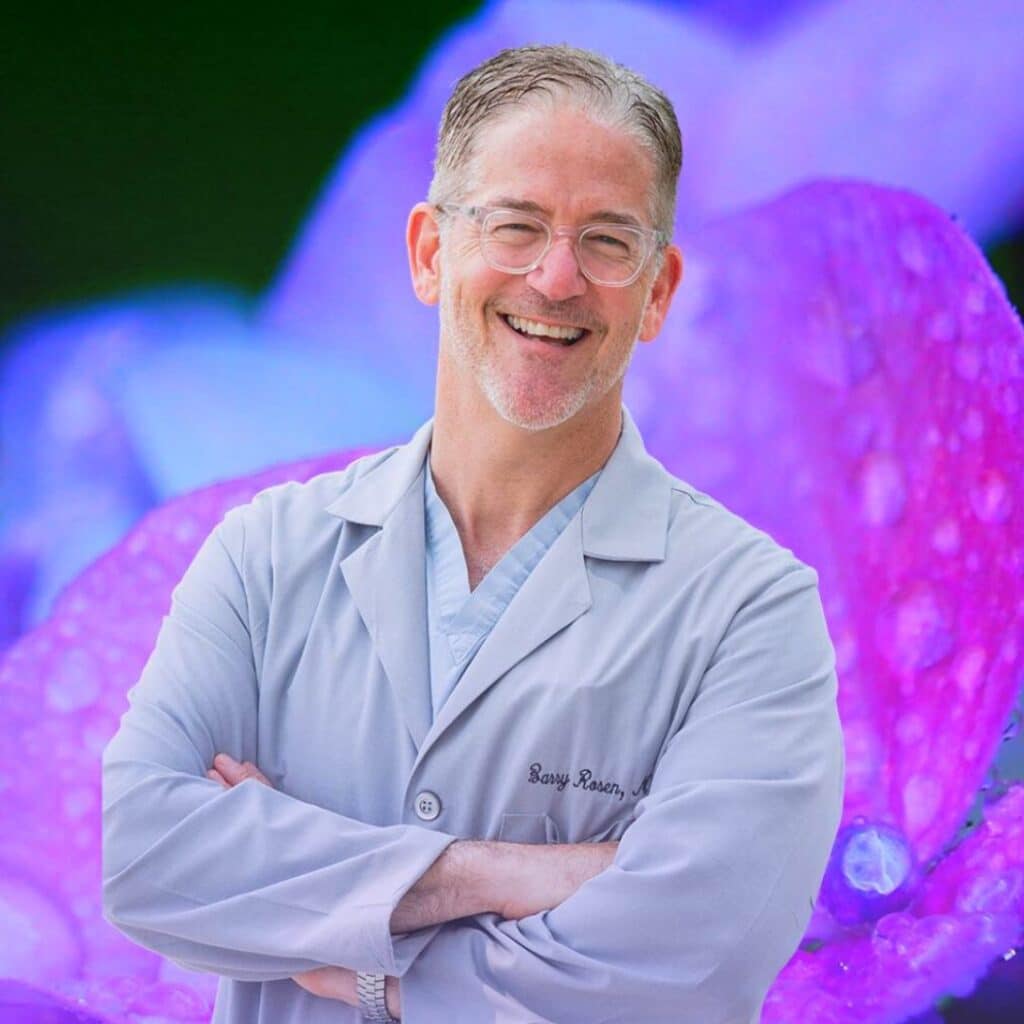
Know Your Options
Navigating treatment choices with Dr. Rosen’s experienced guidance.

Treatments and Tests
A look at essential treatments and tests in breast cancer care.


Radiation Education
Understanding radiation’s role in treatment with Dr. Rajendran.
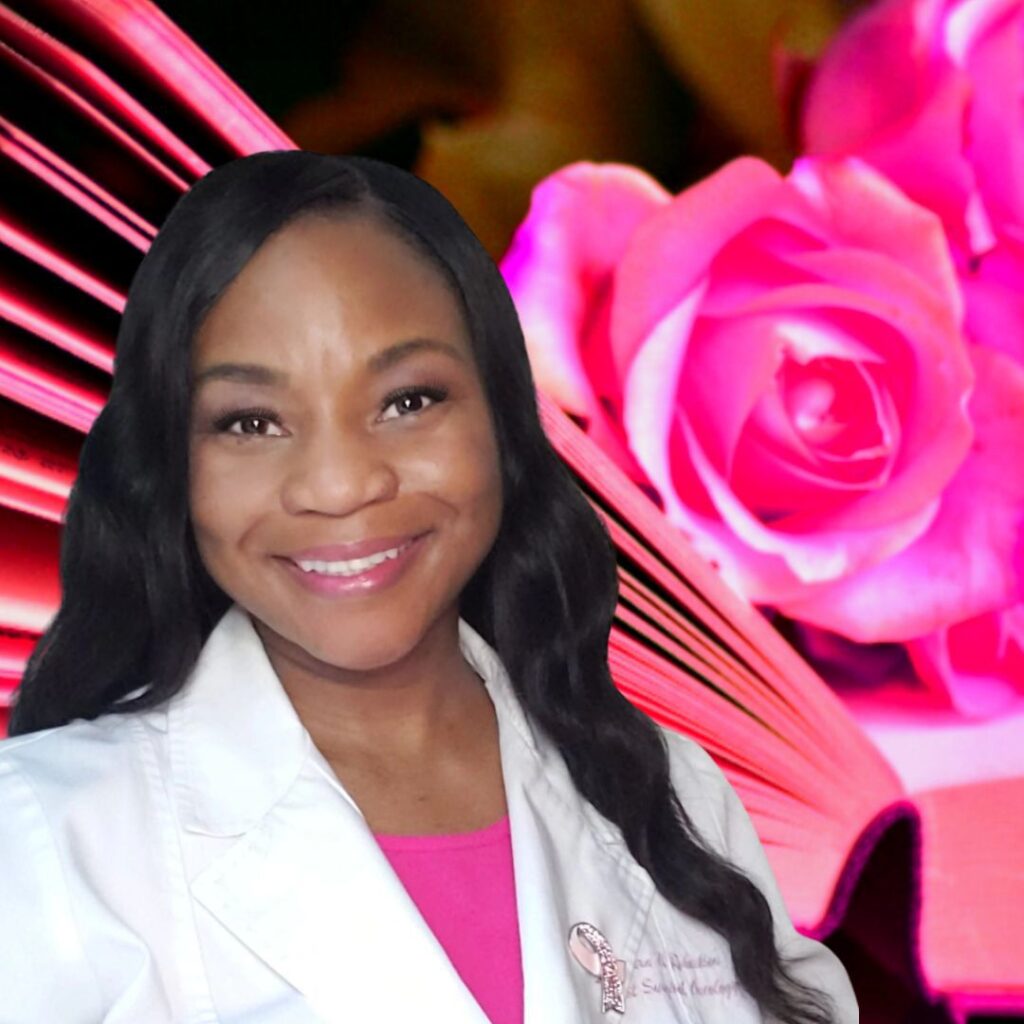
Breast Cancer Surgery
Dr. Robertson discusses preparation and approaches to breast surgery.
Featured Video
Interview on Precision Medicine in Treatment Plans for the Breast Cancer Patient
Featured Posts
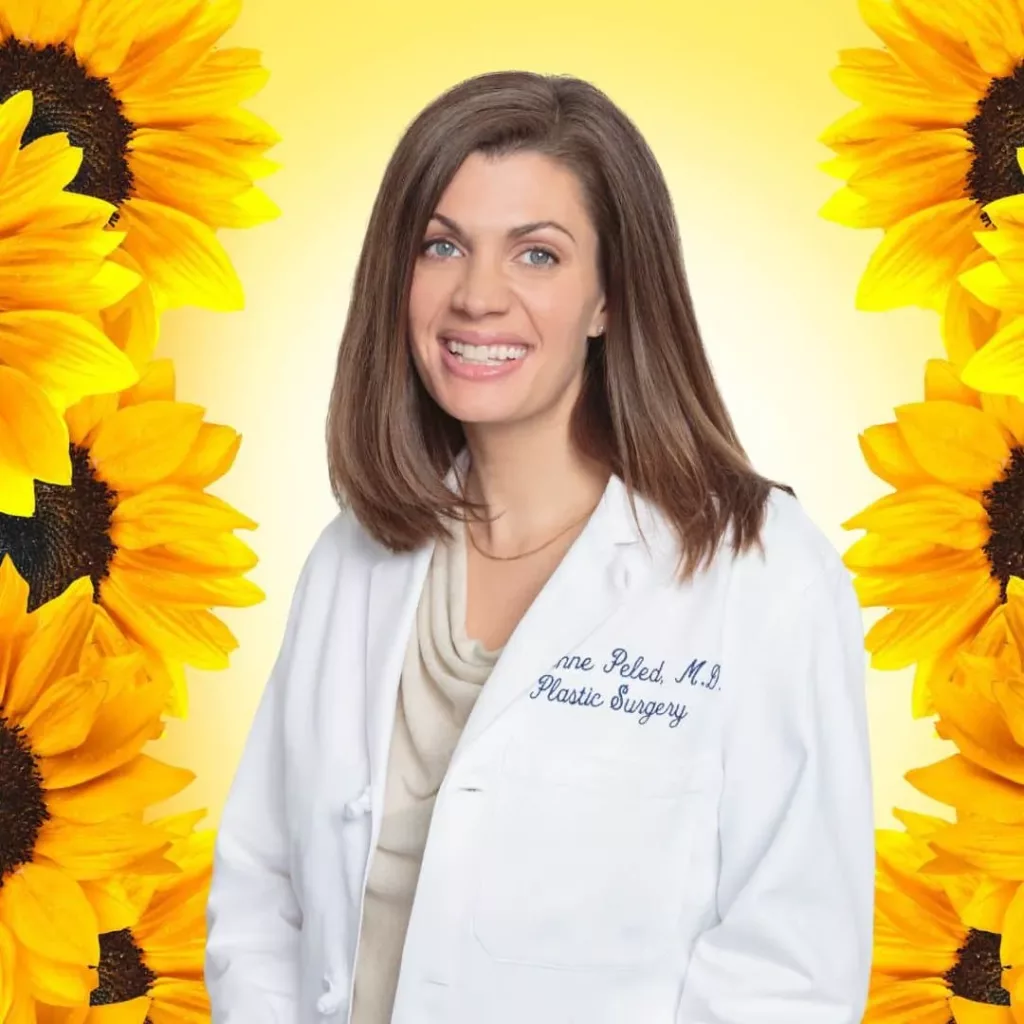
Sensation Preserving Mastectomy
Innovative mastectomy techniques prioritizing sensation retention.
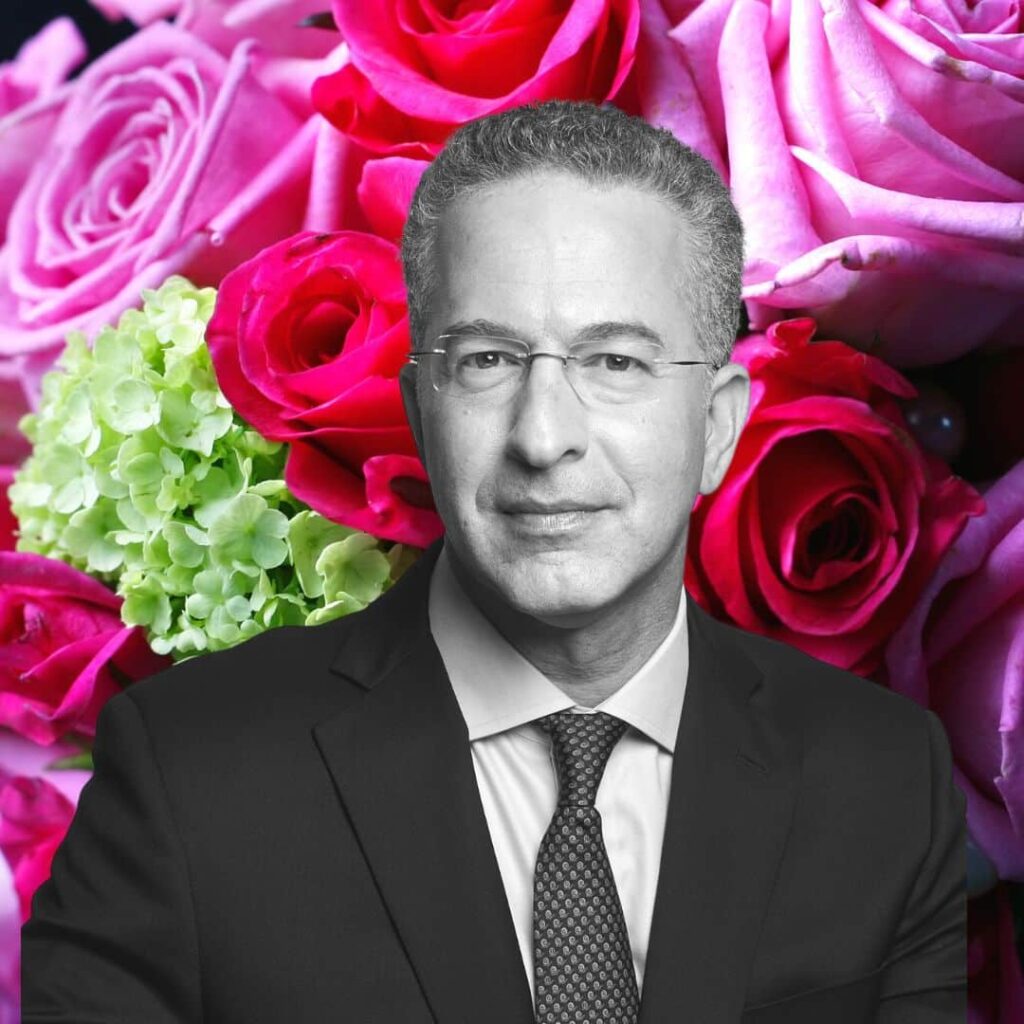
Reconstruction Roadmap
Dr. Israeli’s guide through breast reconstruction options.
Featured Video
Anne Peled MD Renewing Possibilities: Nerve Reconstruction Surgery for Mastectomy Survivors
Featured Posts
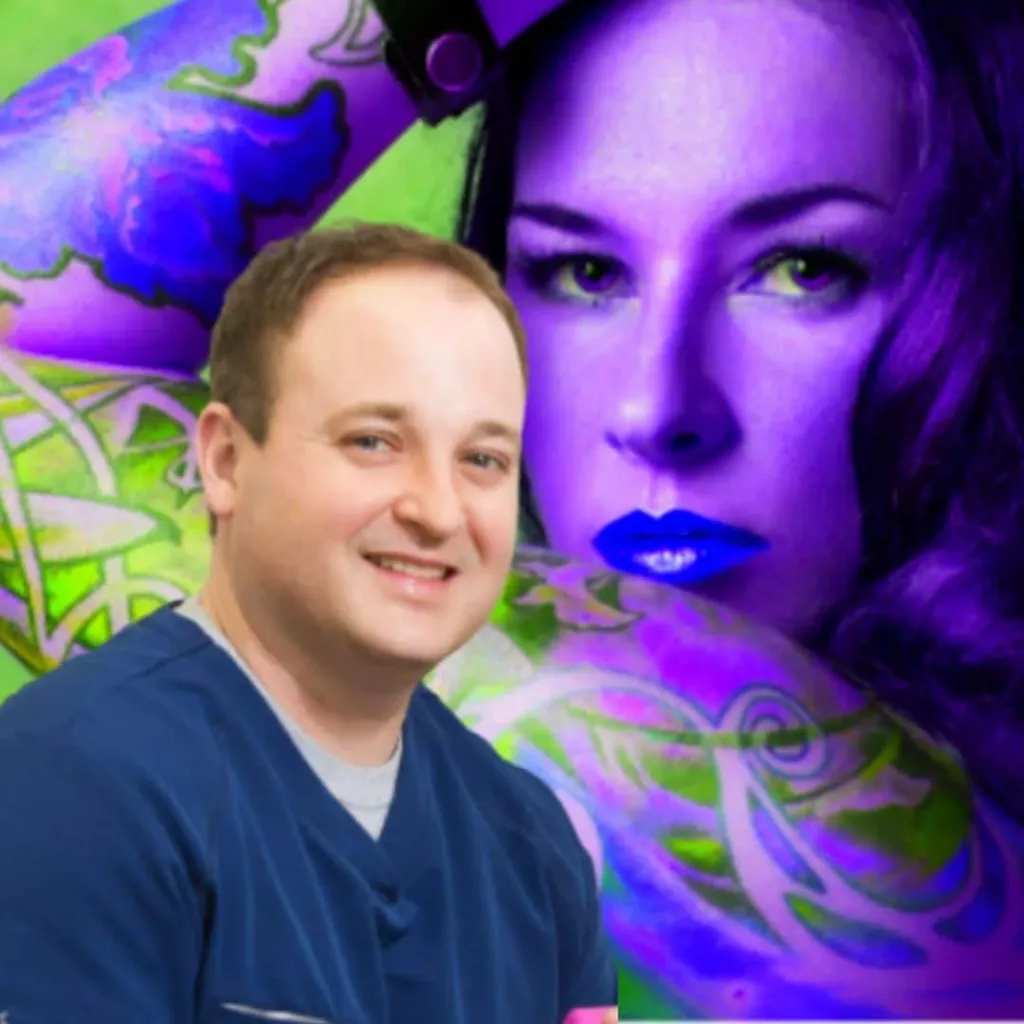
Featured Video
Radiation Treatment for Breast Cancer
At Learn Look Locate, we believe in the power of knowledge and the importance of considering all available options when navigating your breast cancer journey. That’s why we’ve partnered with BreastCancerTrials.org to bring you a comprehensive guide on learning about and finding breast cancer clinical trials. Discover the various types of trials, the benefits of participation, and how you can access cutting-edge treatments and contribute to the advancement of breast cancer research.
What's new in breast cancer
Understanding Sexual Side Effects After Breast Cancer Treatment
Guided by expert oncologist Dr. Don Dizon, this page explores common sexual challenges after breast cancer treatment and offers strategies for navigating them.
Understanding Breast Ultrasound Imaging
Dive deep into the intricacies of Breast Ultrasound Imaging with guidance from Dr. Stacy Smith-Foley, Medical Advisor, Learn Look Locate.
Doxorubicin: Guide About Red Devil Chemotherapy
Under The Expert Guidance Of Dr. Rahul Singh, This Guide Aims To Equip You With In-Depth Knowledge About Doxorubicin—Known As The “Red Devil” For Its Potent Efficacy In Cancer Treatment.
Combating Breast Cancer Disparities among Black Women
Despite overall advances in cancer treatment, Black women face higher mortality rates and more aggressive forms of the disease.
Our Community of survivors
Connect with a global network of survivors sharing their experiences to educate and inspire.
Personal Blogs from Survivors
Dive into the heartfelt personal accounts of breast cancer survivors, offering authentic perspectives and shared experiences that resonate and inspire.
Voices sharing heartfelt experiences and emotional support in breast cancer journeys.
Empowering stories that fuse strength with vulnerability during breast cancer.
Celebrating flat closure advocacy and body positivity worldwide.
Insights and inspirations from those navigating Stage 4 breast cancer.







Share your journey
Your experience matters. It can inspire, educate, and give hope to others on similar paths. Share your unique breast cancer journey with us and be a beacon of strength in our community.
Latest posts
All the amazing people you see here I have connected with personally on my own breast cancer journey. I am so grateful to them for allowing me to share their stories and expertise with you to help educate, inspire and connect us globally. I am very thankful for their willingness to be a part of this outreach for the support and education for breast cancer.




